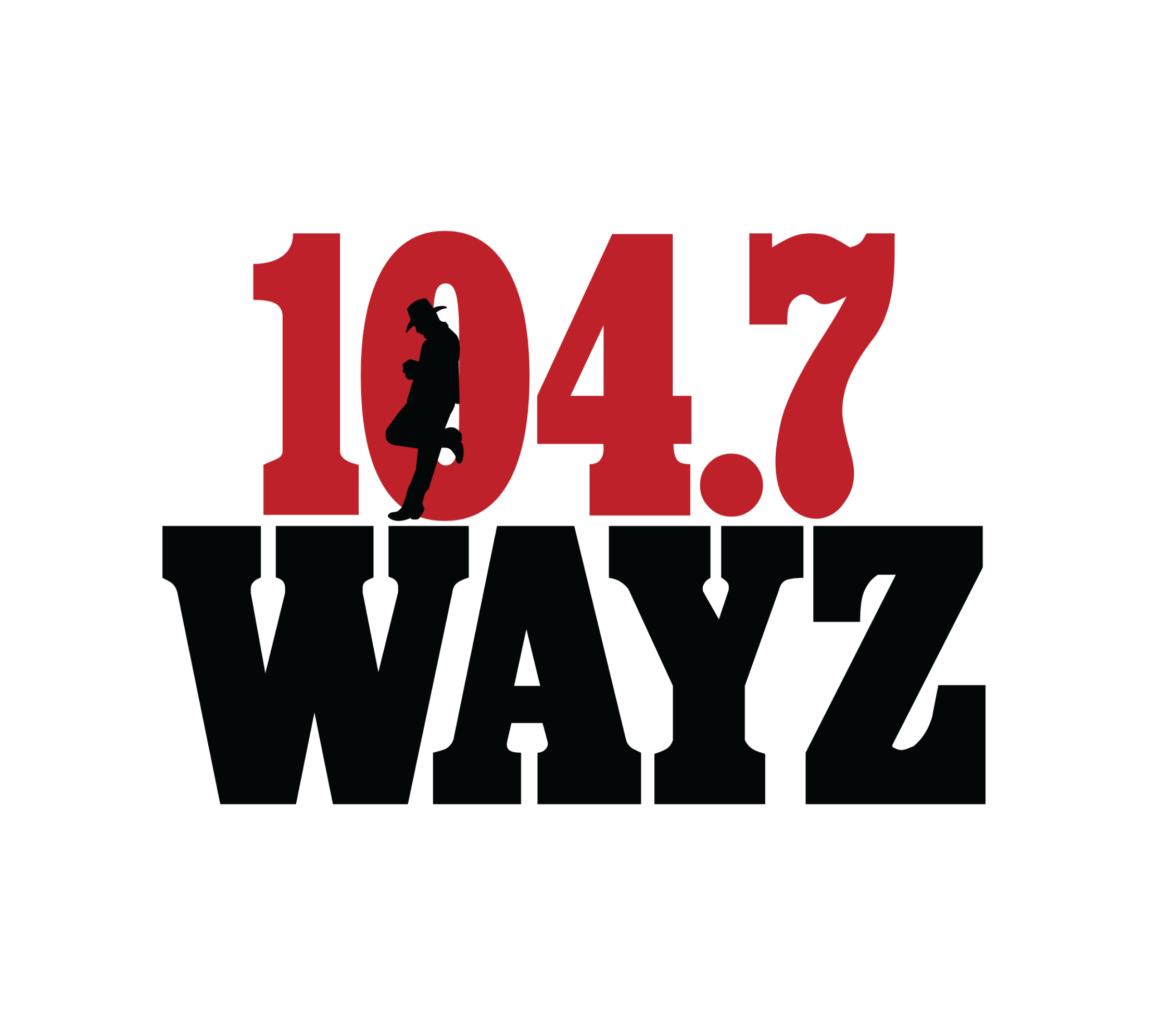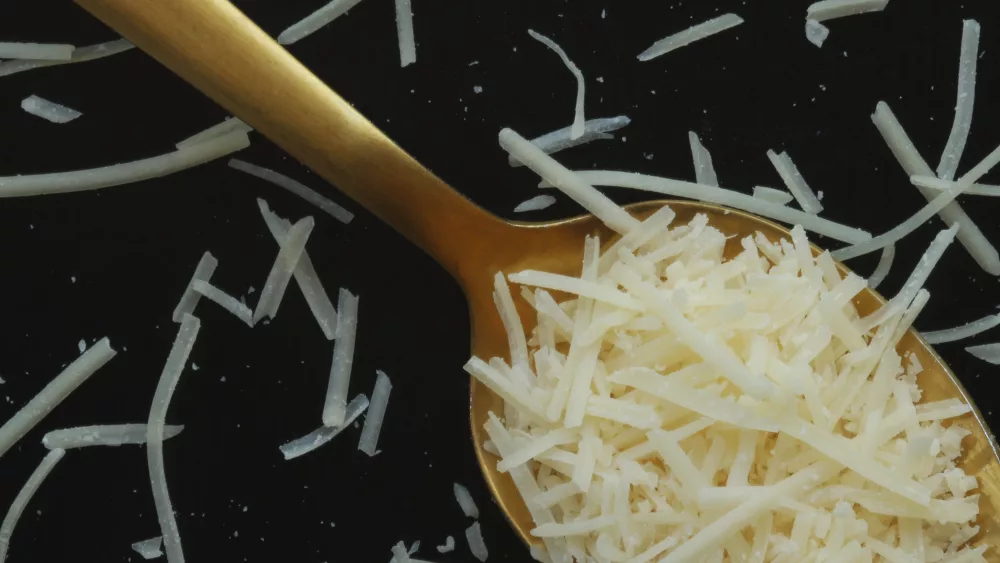Protein is all the rage these days, and brands have developed endless ways to deliver it. There’s protein-packed ice cream, grass-fed meat sticks (with a design that’s much sleeker than Slim Jims), and of course, a vast array of protein bars and powders. There’s even a new source of protein pulled from thin air.
If videos on TikTok are to be believed, then Parmigiano Reggiano contains about 10 grams of protein per ounce or 33 grams of protein per three ounces.
However, as we all know, social media isn’t a definitive source of health and nutrition information, so we consulted experts to determine if parmesan is the protein-rich snack you need in your life — plus, exactly how many grams of protein you can expect to reap per serving.
How much protein is in parmesan cheese?
True Parmigiano Reggiano, which is heavily regulated and can be identified by the dotted letters spelling out “Parmigiano Reggiano” on its rind, will indeed have around 10 grams of protein per ounce. Registered dietician Emily Morgan Martorano tells Food & Wine this is significantly higher than cheeses like mozzarella or brie, which average around four to six grams of protein per ounce.
One ounce of cheese doesn’t translate to a large volume, so this umami-forward ingredient can deliver a lot of protein in a relatively small serving. The most precise way to measure one ounce is with a scale, but you can also visualize this as about one-third of a cup of grated cheese.
Most wedges of Parmigiano Reggiano will have their weight printed in ounces on the packaging, which will give you a good idea of how much protein is in the entire piece.
Parmesans are made in the style of Parmigiano Reggiano, but they are less regulated and can vary more in production, which also means they may differ slightly in protein content. However, they are likely to have a high protein content that’s very similar to their Italian ancestor. For example, BelGioioso parmesan, one of the most common parmesans in the United States, also has roughly 10 grams of protein per ounce.
To verify the protein content of a parmesan you’re not familiar with, simply check the nutrition label on the back.
Why does parmesan have so much protein?
“Parmigiano Reggiano only contains three ingredients: milk, rennet and salt,” Madelyn Varela, a cheesemonger and former cheesemaker, tells Food & Wine. “The star of the show — the milk — is going to be where all of the protein comes from.”
It’s not just the ingredients of Parmigiano Reggiano that contribute to its protein richness. Its high protein content is also attributed to the lengthy aging process this cheese undergoes. All Parmigiano Reggianos must be aged for a minimum of one year, and the majority are aged for at least two years.
“During this time, moisture decreases and the cheese becomes more compact, making the protein more concentrated per serving,” Morgan Martorano explains. This long aging process also breaks down the milk’s lactose, rendering the cheese lactose-free.
According to Varela, the production process that earns Parmigiano Reggiano its name “is very labor intensive.” She explains that cheesemakers first process and coagulate the milk, turning it into a solid mass of cheese curds. They cut the curd into tiny pieces, cook it until firm, and place it into cheese molds.
“That is only the beginning,” Varela emphasizes. The cheese is then aged for a year — with careful monitoring of course — after which it’s graded. “If it passes the test, it will go on to age at least another year or longer,” the cheesemonger explains.
American cheesemakers can replicate this process, and American parmesan is often less expensive for state-side buyers. Plus, many parmesans are vegetarian, unlike true Parmigiano Reggiano, which contains animal rennet, an enzyme found in animal stomachs that helps milk turn into cheese.
What other cheeses are high in protein?
If you’d prefer to eat your parmesan in light dustings over pasta, you can look to several other cheeses to meet your protein goals.
Morgan Martorano suggests Swiss (which has about eight grams of protein per ounce), cheddar (around seven grams per ounce), part-skim mozzarella (roughly seven grams per ounce), cottage cheese (13—15 grams per half-cup serving), and ricotta (around 14 grams per cup). Precise nutrition information will vary depending on the product, so check nutrition labels for more exact estimates.
If you’re looking to try something new, Morgan Martorano offers some advice for navigating grocery store aisles in search of high-protein cheese.
“Look for harder, aged cheeses,” she says, noting that these products typically contain less moisture and more protein per ounce. “My rule of thumb is, for something to be considered high in protein, it should have 10% protein for the calorie amount. For example, 100 calories’ worth of cheese should have 10 grams of protein to be considered high in protein.” In general, low-fat cheeses will contain fewer calories for more protein.
While eating cheese is a great way to up your protein intake, you might not want to bite into a whole wedge like an apple. “Cheese can be a convenient and delicious way to boost protein, especially for snacks or vegetarian meals,” says Morgan Martorano. “That said, it’s important to be mindful of portion sizes due to the saturated fat and sodium content in many cheeses.”
For a more balanced snack, Morgan Martorano recommends pairing cheese with fiber-rich foods such as fruits, vegetables, and whole-grain crackers. Which sounds to us like the perfect accoutrements for a charcuterie board.






